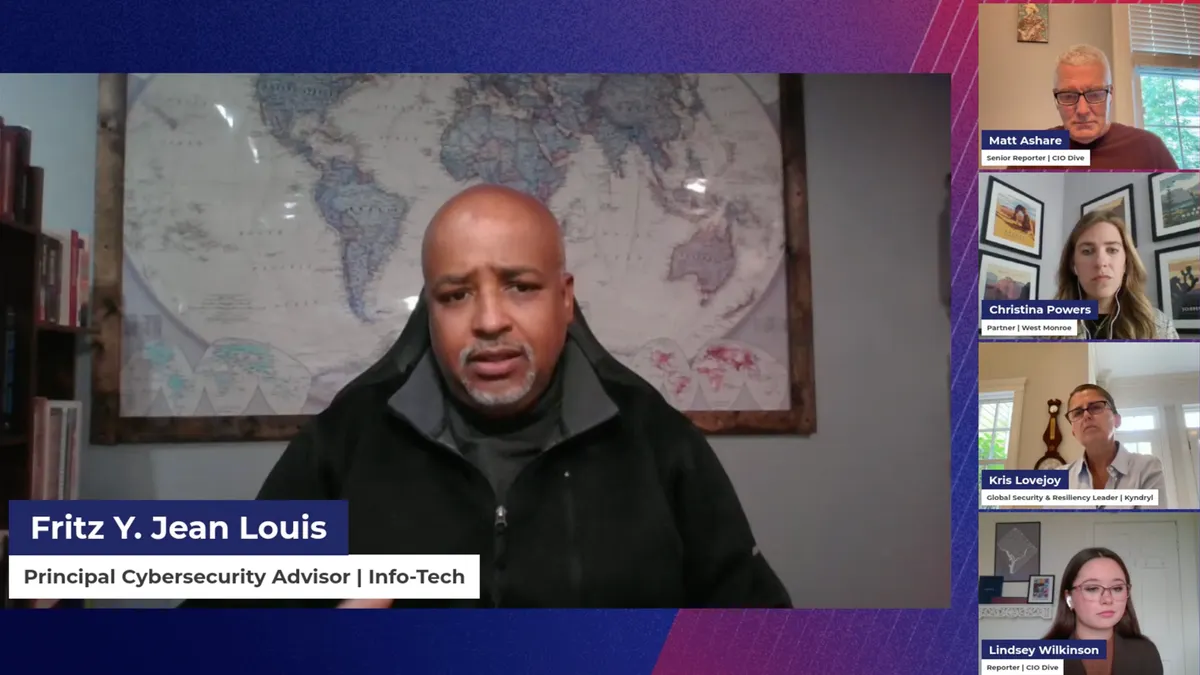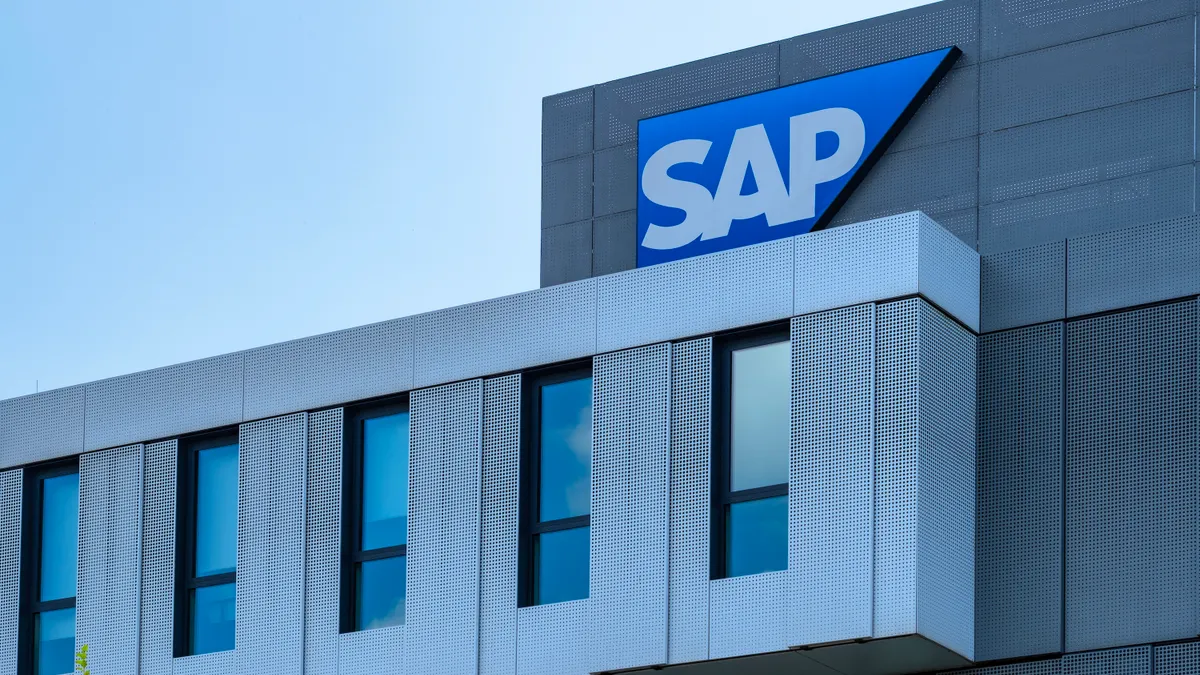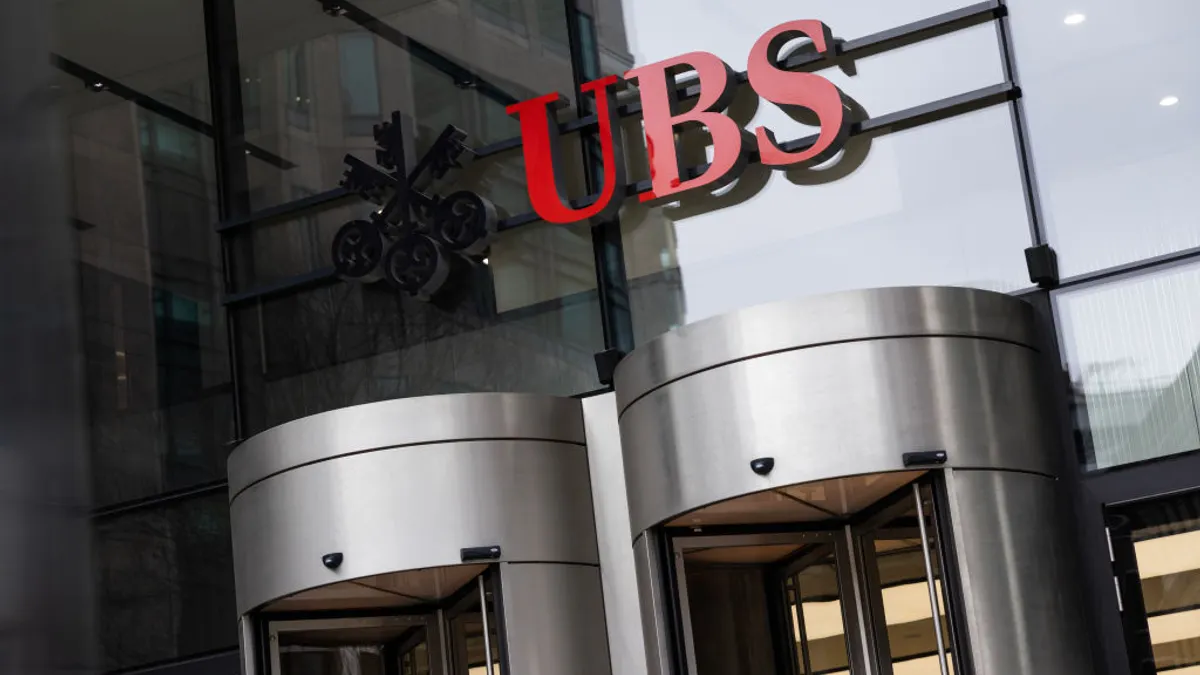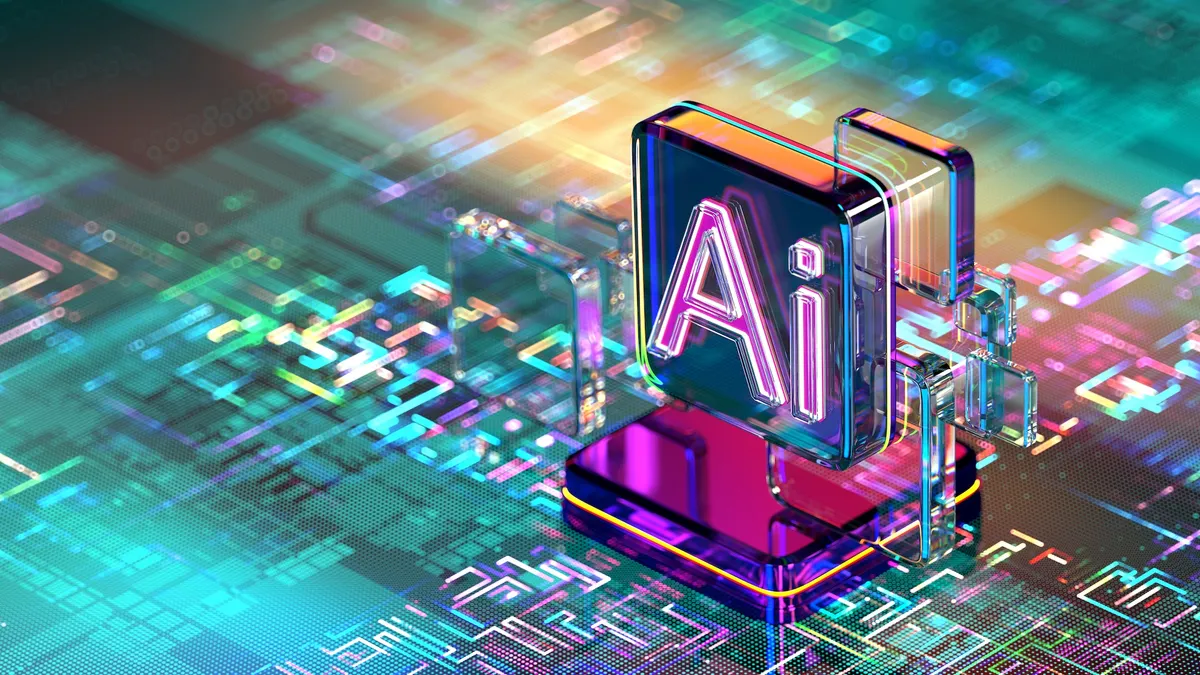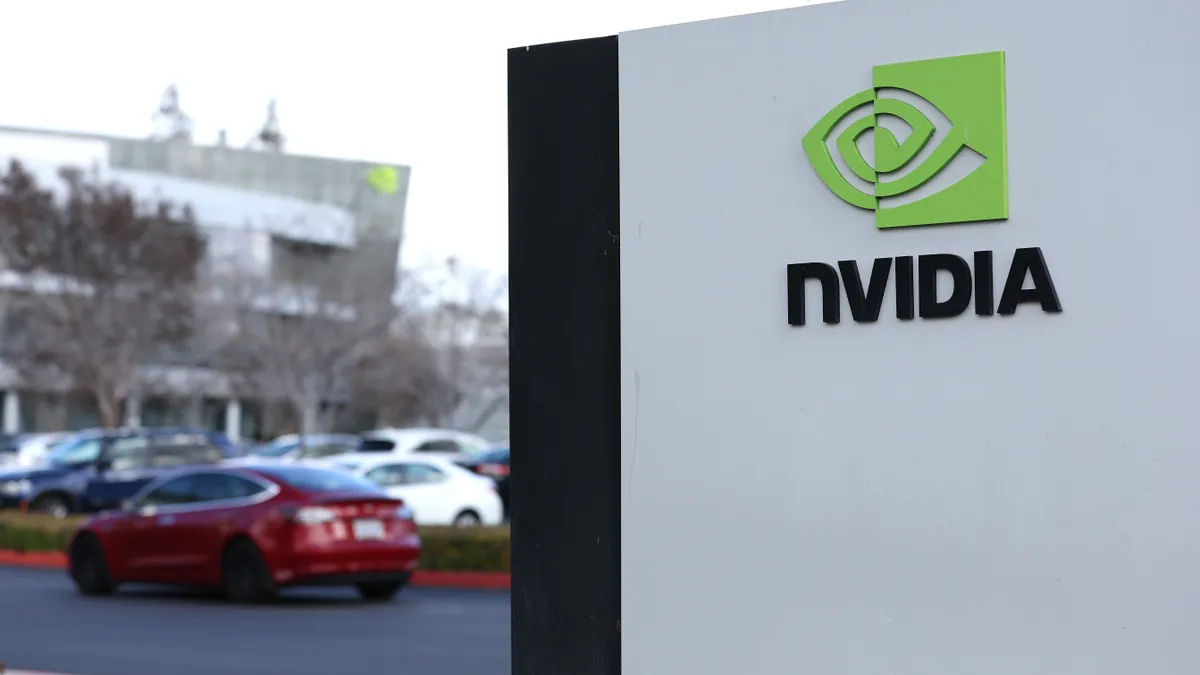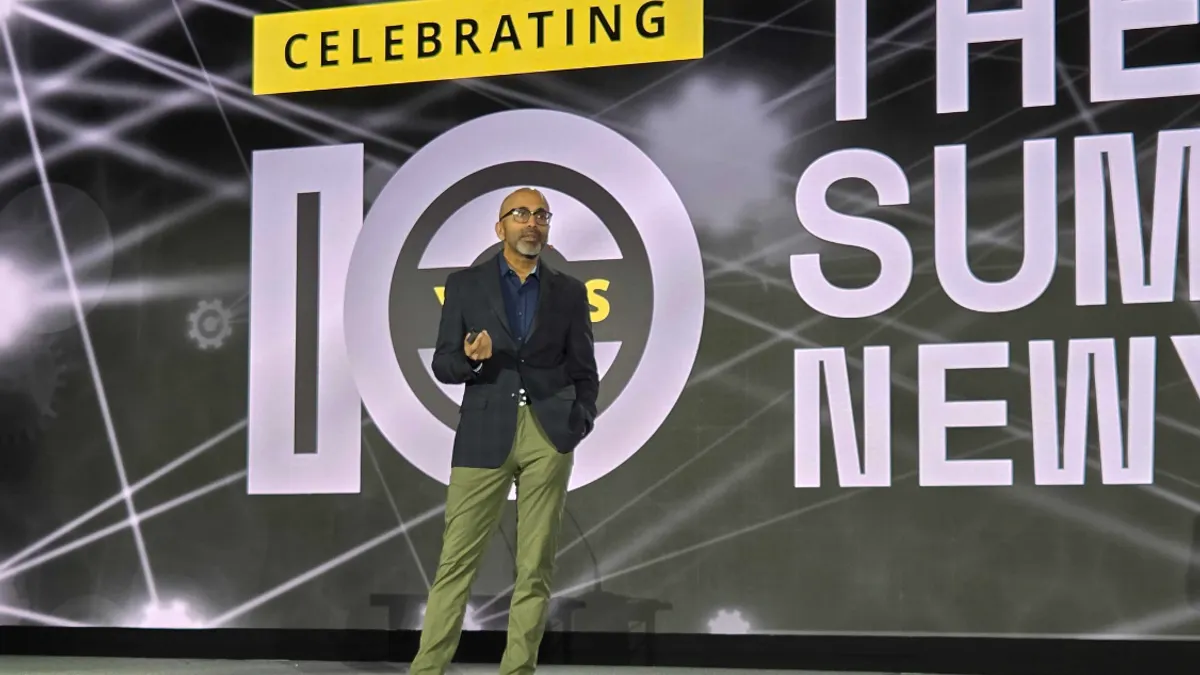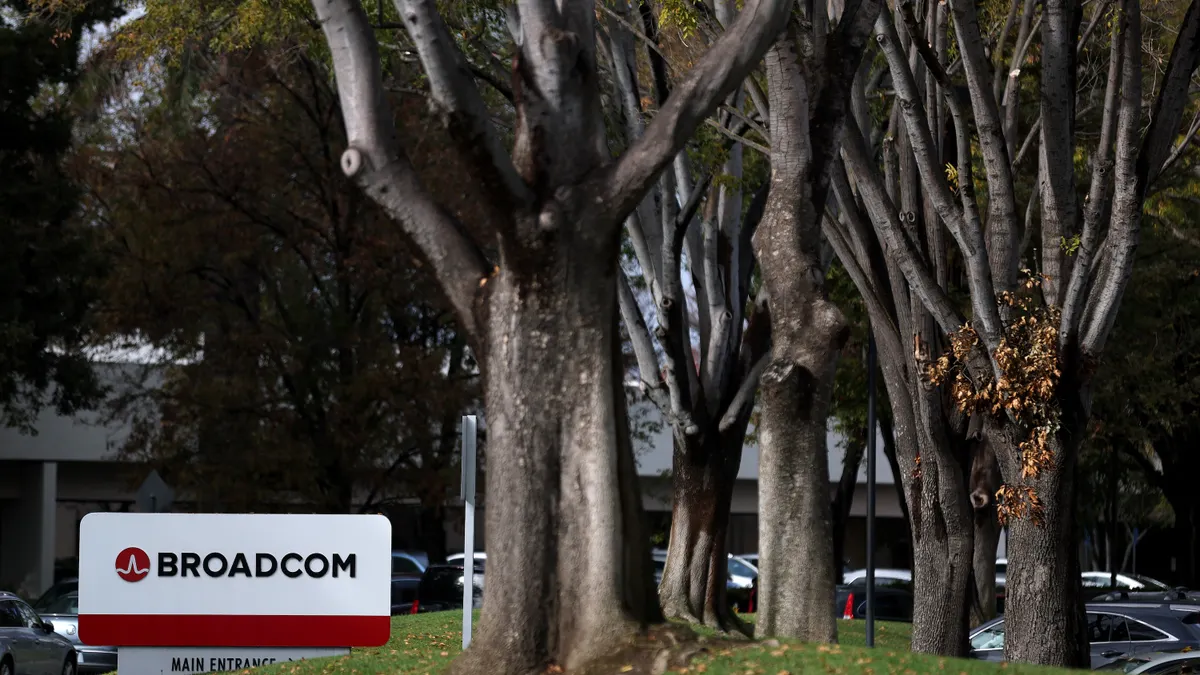ORLANDO, Fla. – Marzetti has turned its sights toward expanding AI adoption after a massive, multiyear ERP overhaul, according to CIO Liam Durbin. While the previous project was strenuous, it put the Ohio-based food company on the right track for further modernization and innovation.
“We are absolutely locked and loaded for AI,” Durbin told CIO Dive. “We have all of our data ready to go. We’re building out use cases. We just had one project go live … and we’ve built a nice, healthy queue of three or four coming up right behind it.”
During the ERP project, tech pros could focus on little else. Now, the IT organization is becoming more comfortable with AI as part of its own workflows and deploying the technology across other parts of the organization, such as finance and HR.
Despite the sense of AI adoption urgency that most technology leaders have felt over the past few years, Marzetti didn’t rush ahead without first laying the groundwork — and everyone in the organization is better for it, according to Durbin.
“You can’t do AI on top of a fractured and fragmented data environment,” Durbin said. “We’re very fortunate that work has been done, and when we say we’re going to do an AI project, we can actually go do it.”
This year, the salad dressing maker has dedicated efforts to bolstering AI literacy across the organization in preparation for more projects to go live. In addition to circulating acceptable use policies, Durbin started sending a prompt-of-the-week to employees.
The prompt exercise typically focused on business-facing ideas — sometimes dipping into outside hobbies or events — and Durbin included lessons learned to get workers comfortable with how to best interact with large language models. A reminder to check out the acceptable use policies accompanied each prompt.
“I got a lot of great feedback from people, and it got people to jump in,” Durbin said.
The executive stopped the weekly exercise once the company formed an AI council and identified AI champions. Durbin said he didn’t want to overwhelm workers but will still send out prompt lessons from time to time as a refresher.
Marzetti plans to roll out ChatGPT to all knowledge workers over the next six months. He sees the generative AI assistant as a necessary workplace tool, such as Microsoft 365, and wanted to provide secure access. When the tool goes live, it’ll be complemented with Marzetti-built guardrails.
“We’re in good shape,” Durbin said. “We’re not trying to impress anybody. We’re just moving along at our good pace – and our internal stakeholders and the board are happy.”
Lessons learned from an ERP overhaul
Before the company could pursue AI, it first had its hands full with a complex ERP migration to SAP S/4HANA.
ERP updates are notoriously tricky. Gartner predicts more than 70% of ERP initiatives will fail to fully meet initial expectations by 2027, with as much as one-quarter ending catastrophically. Enterprises have had sales declines and operational hiccups due to ERP overhauls, and others have taken a slower deployment approach to mitigate challenges.
“Anybody who says they did a whole lot of anything else other than ERP is probably exaggerating,” Durbin said during a presentation at Gartner’s IT Symposium/Xpo, of companies going through an update. “It really does suck all the oxygen out of the room, and all the spending goes to the project.”
Despite the difficulty ahead, Marzetti got lucky in a few areas early on, including buy-in from both decision-makers and employees, Durbin added.
“We were on an aging application, so when it was time to do the ERP transformation, we didn’t have a lot of people saying, ‘No, please, I don’t want to go,’” Durbin said. The legacy application was heavily customized and referred to internally as a “smoldering platform.”
With the C-suite, board and employees aligned, it created a tailwind for the company to quickly move forward.
“We ran a ‘no excuses’ project,” Durbin said. “Everything you wanted, you had to ask for, and we got almost everything we asked for.”
The company experienced some challenges, however. The migration project ran longer than initially anticipated due to the COVID-19 pandemic. It also had to make timeline adjustments for the new systems, such as planning around production downtime.
“We had not talked about how that was going to work in a cloud environment,” Durbin said.
Other issues cropped up, too, including a lack of clarity around the role its operational change management team would play post-project. IT also experienced internal fatigue due to the elongated project as well as a growing backlog of requests.
“We tried to take care of the ones we could, but the enhancement queues were bulging at the seams,” Durbin said. “So there was a lot of noise, even on the heels of a very successful project.”
The enthusiasm to move off the old platform led to a bit of short-sightedness. But luckily for Marzetti, “the short-term needs bridged the gap to the long-term needs,” Durbin said. His recommendation to CIO peers is to have the conversations upfront, establish a full roadmap and secure buy-in early.
Durbin ultimately adjusted the change management team to become a center of excellence, with the support of the CEO and CFO. With his C-suite counterparts, Durbin was also able to set up monthly meetings to prioritize backlog.
“The COE is the business-facing product organization that now reports to me,” Durbin said. “That’s a bit of a shift from a typical CIO role, but it’s a good one. I can now own the whole piece of satisfying the business needs — from the voice of the customer all the way through to the technology implementation.”





